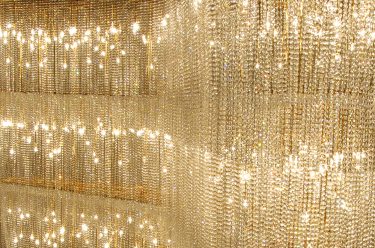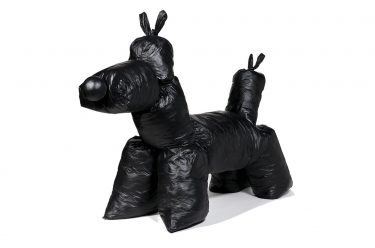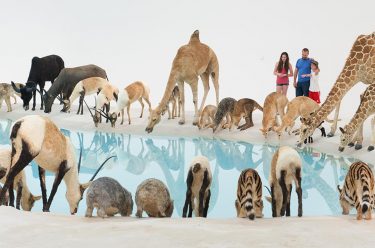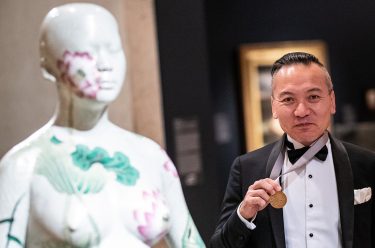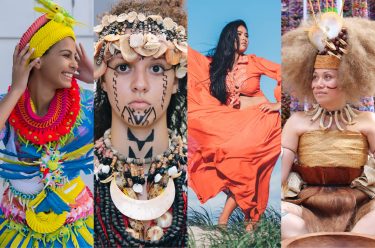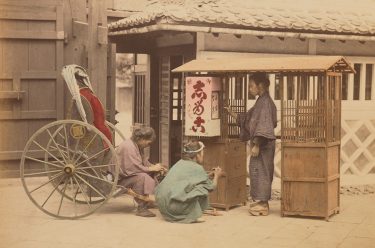Ai Weiwei’s chandelier & other errant objects
Boomerang 2006 was originally the centrepiece of Ai Weiwei’s participation in ‘The 5th Asia Pacific Triennial of Contemporary Art’ (APT5). An extravagant, tiered, waterfall-style chandelier shaped after the titular throwing tool, with a span of more than eight metres and a drop of seven, it had an imposing presence as it hung above the water…
Continue reading » “Ai Weiwei’s chandelier & other errant objects”
